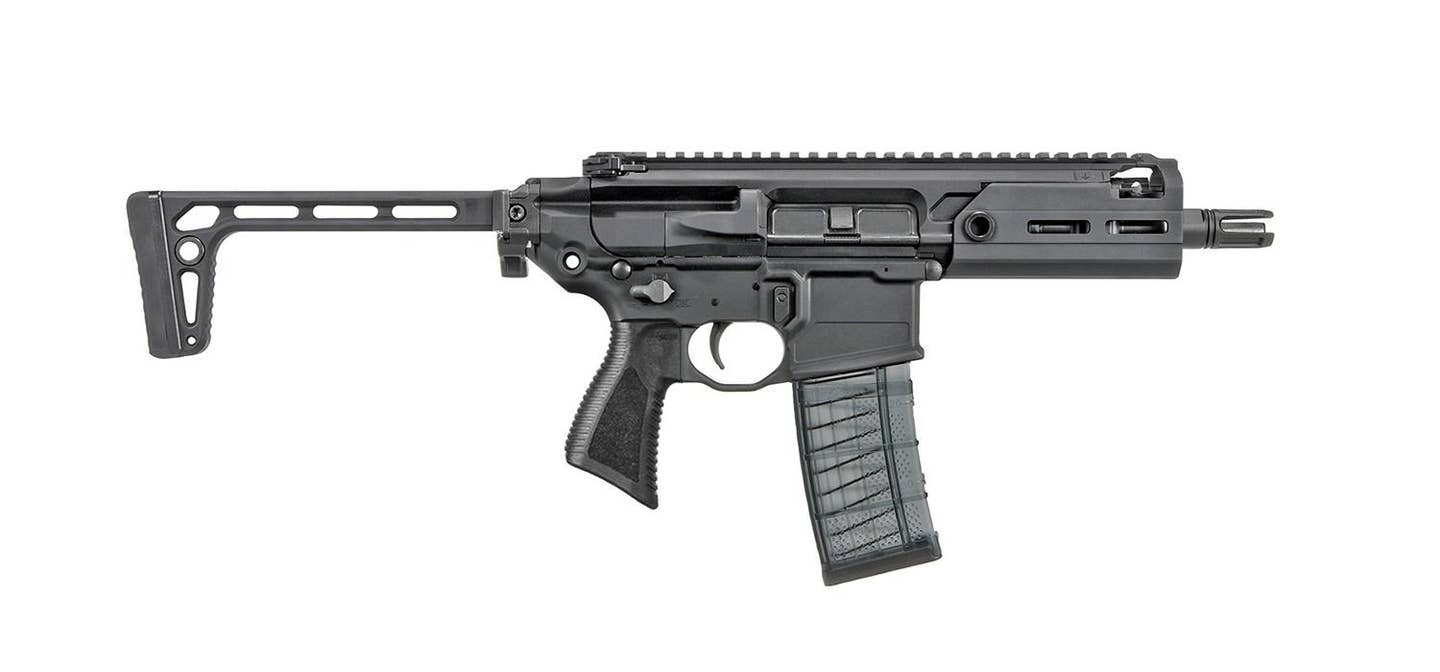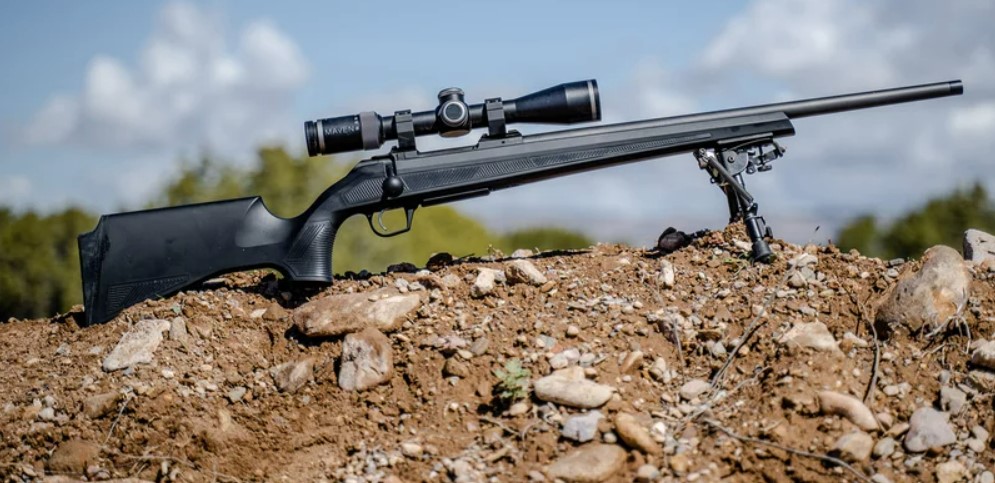News & views.
The Violence Policy Center (VPC) today released a new slide show of firearms industry ads and catalog images exposing the common themes that gunmakers use in their marketing of militarized weapons such as the Bushmaster XM-15 assault rifle used in the mass shooting this past weekend at a Tops supermarket in Buffalo, New York.
In the introduction to the three-part slide show, the VPC explains, “Militarization dominates the public face of today’s gun industry, whether in magazine ads, manufacturer catalogs and websites, or the content of firearm magazines that cater to gun owners. In these outlets, three themes are consistently found”—
- Language and images that equate military-bred weaponry as the virtual embodiment of freedom. In this context, gun owners are often portrayed as brave men (and it is almost always men) standing alone, a front-line force against oppression, often from the government. Some companies harken back to the era of the Founding Fathers, encouraging these gun buyers to view themselves as modern-day patriots.
- The use of terms and images drawn from military or law enforcement extolling the virtues of the potential gun buyer, including hero. These descriptions are supplemented by words such as “bravery,” “honor,” and similar terms to describe an undefined “mission.” The accompanying images most often feature users outfitted in military-style gear.
- Language and images touting that the guns being sold are identical, or virtually identical, to the weapons carried and used by law enforcement or the military. Many manufacturers highlight the military and/or law enforcement pedigree of their firearms. Often, the only difference is that the weapons sold to civilians are semiautomatic, firing one bullet per trigger pull, as opposed to being able to fire in burst or fully automatic mode.
This is almost amusing due to its ignorance.
First of all, I reject out of hand the notion that something that’s military is somehow bad. I do so for very good reasons that the VPC refuses to acknowledge.
Second, having watched hundreds of people – many of whom are new gun owners – purchase firearms over the last several years, I will observer that they tend to purchase the less expensive firearms, not the more expensive (which would be the corollary to highly marketed “military” firearms).
Third, women tend to seek out the simpler firearms, which tend to be wheel guns, or in other cases, subcompacts (for hiding in purses). A full size pistol or rifle wouldn’t have impressed them.
Fourth, true gun guys aren’t impressed by sales pitches. For example, videos like this one or this one don’t in the least make me want drop a wad of cash on the new Sig squad rifle. I have no desire to own that weapon, nor to shoot ceramic cartridges. Let it prove itself in a half century of war. I’d rather have a lever action Marlin 30-30.
Fifth, the AR style platform is still so highly regarded and sought after because Eugene Stoner engineered it so well, not because of marketing. If firearms manufacturers are spending a ton of money on marketing, they’d do better to improve their QA. Parts failures and lack of 1 MOA shooting make it to the forums and cause users to pan the weapon. Advertising gimmicks don’t matter.
They’re looking for a boogieman in the dark, and finding one every time they bump into a lamp.





